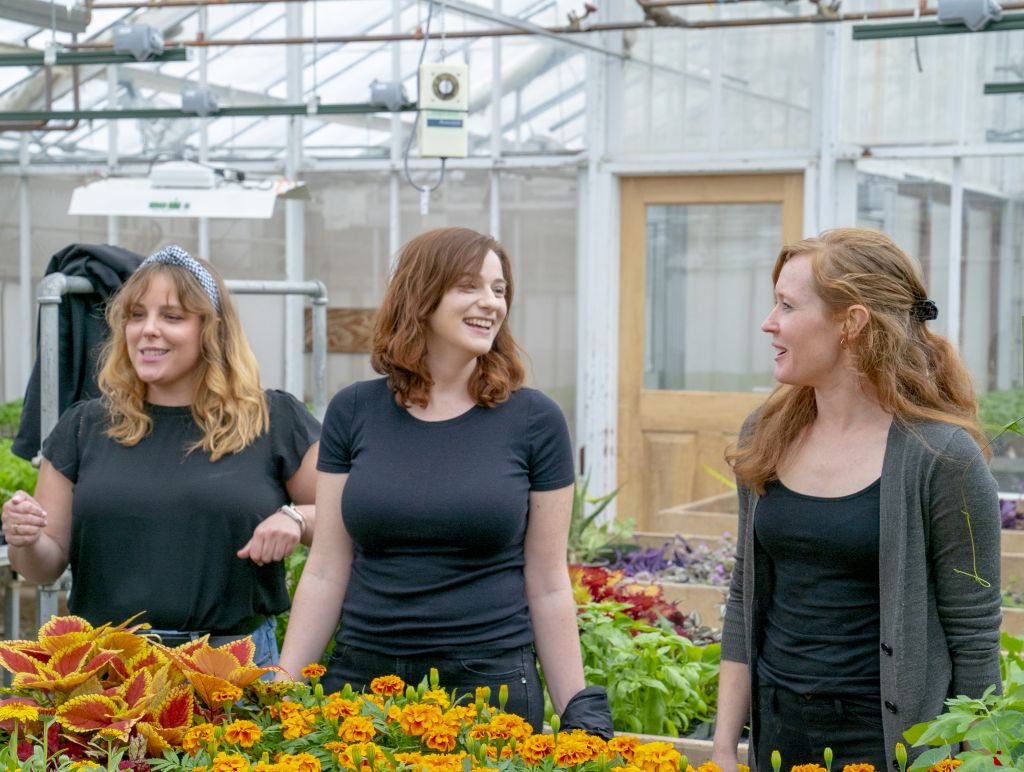On The Rise: Jared Ali Tackles Chemical Ecology
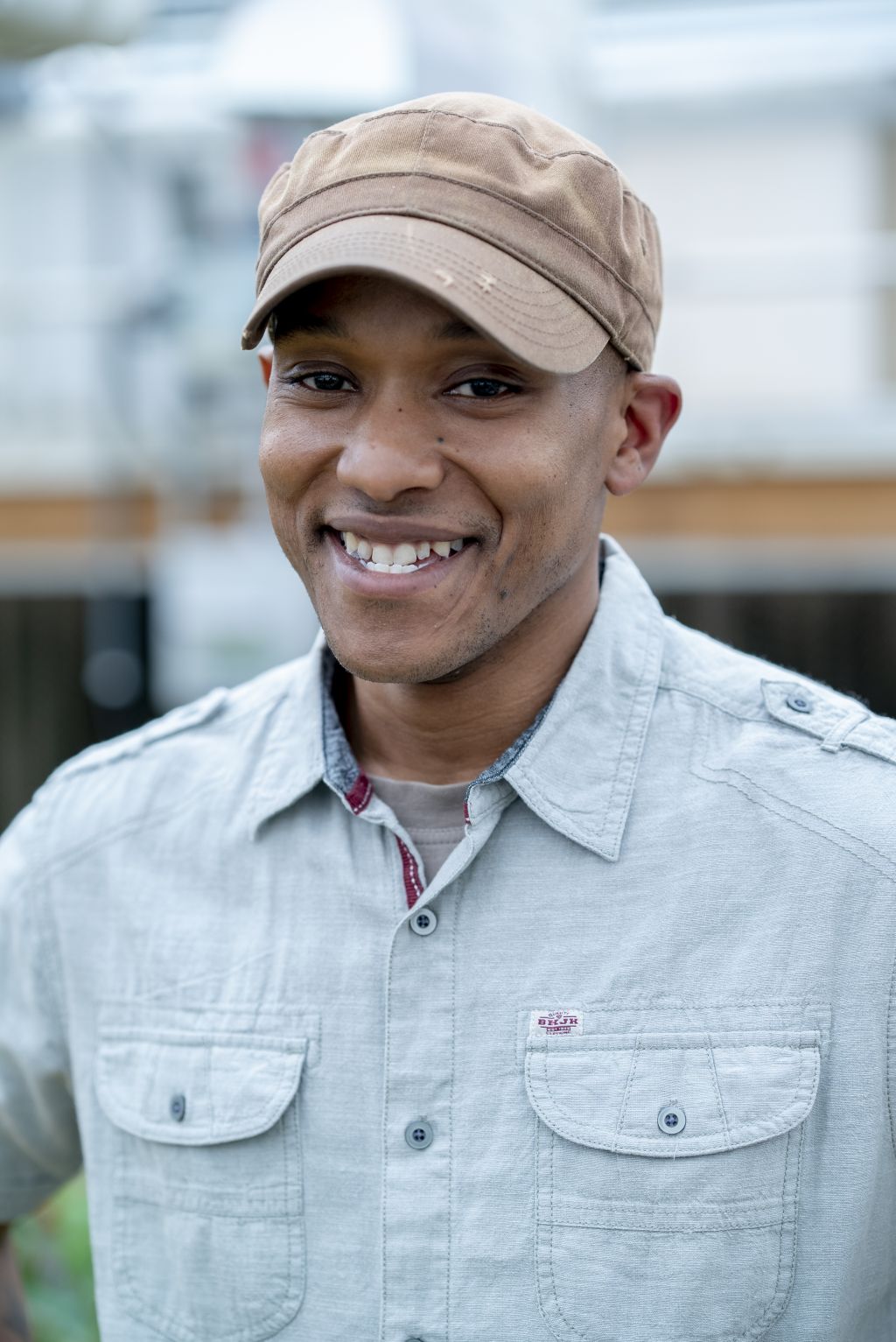
Jared Ali thrives on complexity. A visit to survey the ongoing projects in the Assistant Professor of Entomology’s lab can feel disjointed at first, almost scattershot.
Postdoctoral researcher Swayamijt Ray and graduate student Elizabeth Davidson-Lowe work with various cover crops for corn fields outside the growing season. Grad student Stacy Cibotti and Tori Pocius, another postdoc, study monarch butterflies. Grad student Nursyafiqi Zainuddin is trying to understand the origins of nemotode behavior with the use of a custom-built olfactometer.
For Jared Ali, studying complex relationships between organisms from different links on the food chain is the whole point.
"We take a pretty broad approach," he explained. "We look at organisms all the way from the primary producers—plants—up to things that eat plants, up to things that eat things that eat plants and things that feed things that feed plants.”
These various points on the food chain are called trophic levels. Examining the interactions of organisms across the whole trophic scale, the Ali Lab focuses on the chemical reactions taking place throughout the whole system.
“We study, as a group, multi-trophic chemical ecology," Ali said, “to see how chemicals mediate interactions, behavior, and performance. Then we try to see if we can make predictions in how a plant will respond, or how an herbivore might respond, and look for points where we can manipulate the system.”
These manipulations can have a major impact on agriculture. Farmers can be empowered to predict how specific plants will respond to stimuli that can attract or repel pests—or attract beneficial organisms. But the complexity of chemical ecology can be daunting. Scientists, especially those performing field tests outside a sterile lab, face an overwhelming array of interrelationships.
Questions abound. How does adding even one organism affect the chemical makeup of the microbiome, and how does that impact relationships far up and down the chain, over the course of years and generations? How are these chemical relationships affected by climate, or microclimates? How can key findings be isolated from such a complex web of interactions, and translated into practical applications?
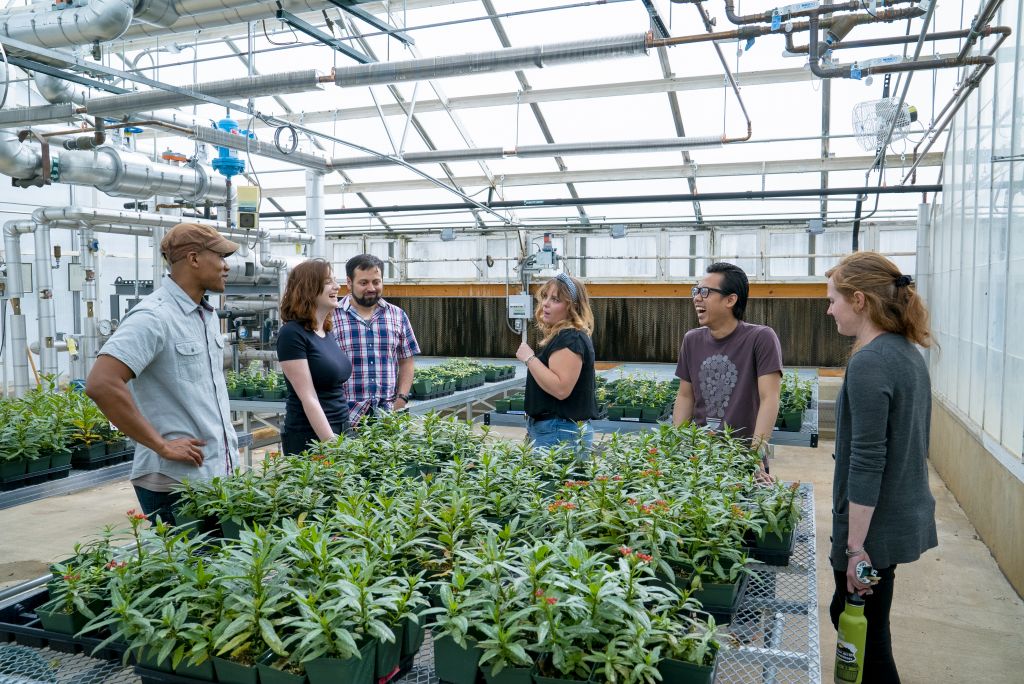
“What we're finding through all of these crazy, multi-trophic stories is that there's a really specific suite of responses that can affect different herbivores either to their benefit or to their detriment,” Ali explained. “We want to leverage those recommendations to understand what fine-tuned mechanisms are going on in the plants, and what mechanisms we can link to insect performance and behavior. We can now make a recommendation that cover crops never had before, saying it affects the chemical ecology of your cash crops and protects against these different pests and pathogens, or helps our crop lure in these beneficials."
Another side of chemical ecology championed by the Ali Lab is conservation.
“We have new projects in the lab where we can say 'look at these plants,” Ali said. “They're beneficial organisms that surround or interact with plants.' How do they affect insect species that we want to conserve, like monarch butterflies? How does plant toxicity affect things like their performance or health or even outputs up to how well they can fly? We use plant chemistry, behavior, and various molecular and chemical analyses to answer these kinds chemical connections and see how we can apply it."
As a mentor to the members of his lab, Ali believes no teacher is better than first-hand experience.
"There are some basic things you get through just doing research at an institution like Penn State that are beneficial to all types of skills,” he said. “Just doing research teaches you how to have some type of integrity with your system, how to make sure that you're crossing your t's and dotting your i's, making sure that you can follow through on something. It teaches you perseverance, how to deal with failure—most of your research is failure—and gives you a new approach to being creative. Once you get those skills, you can get your ducks in line, you get used to failing, but you know how to harvest your success.”
Asked what qualities he looks for in potential lab members, Ali laughed conspiratorially. "Apparently, Steve Jobs used to ask how many psychedelics people had done, so that's my first question," he joked.
"You never asked me that question," Ray fired back, faux-incredulously.
"I could just tell," said Ali, deadpan. "I could smell the volatiles coming off of you."
"There's no real litmus test," he said once the laughter died down. "Once you're communicating with the students one-on-one, you can kind of hear their rhetorical view of things, if there's banter that goes back and forth, or they can realize things that I'm not thinking about. That's a good indicator that you can mess around with these multi-tropic chemical ecology questions, and control things the right way. The hardest thing is to gain control of a system and make sure you're testing what you hope you're testing. Once you're in the lab, if you're interested in being creative, it self-selects."
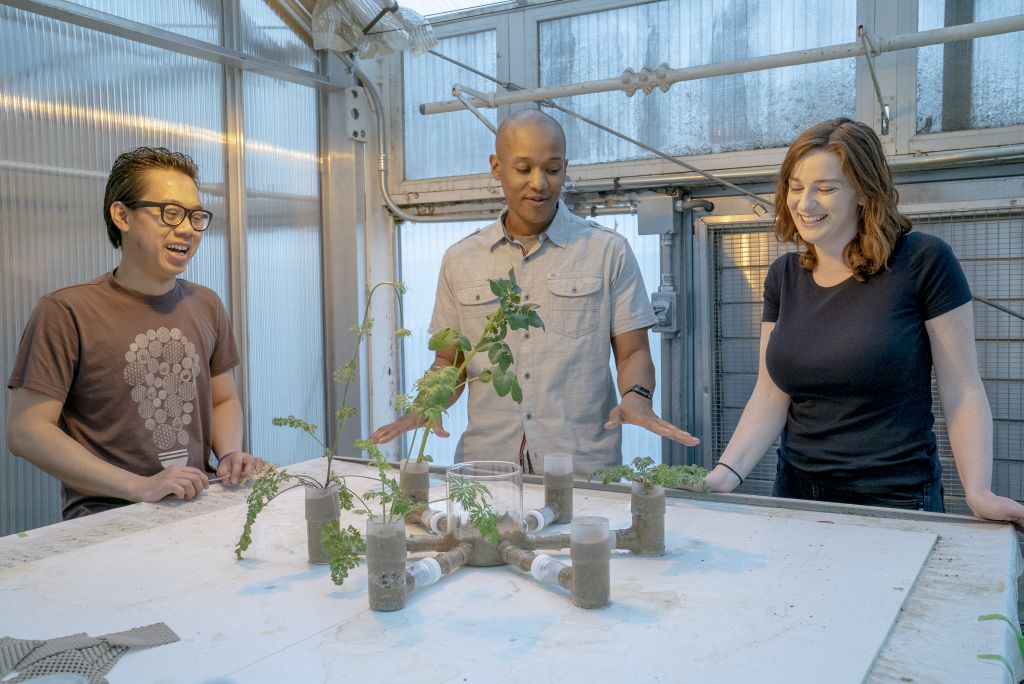
While his lab members uniformly agree that he's a "relaxed" PI, and he believes in allowing his members room to fail and experiment, that doesn't mean he isn't actively involved in trying to advance their careers.
"One of the things I love about Jared is that he pushes and encourages everyone in the lab to write grants," said Ray. "Everyone in this room, even the students who've just gotten here, they've all written grants. It's really hard for me, being an international, to write grants here. Most of the USDA or NSF fellowship awards are for U.S. citizens or green card holders, and I'm neither, but Jared has made sure that I still get that exposure. When I go into academia, one of the things that people are going to look at is how many grants I got, and Jared understands that."
"The other thing I should mention is that he's really open to collaboration,” Ray continued. “We have so many collaborative projects in the lab. We're collaborating with at least four or five labs right now."
"I really like the fact that he's not wedded to a project." said Pocius. "I was recruited to work on the grant; I know Monarch butterflies really well. But along with that, I have like eight million questions about weird stuff they do because I've had to watch them do it. There are all these spinoff questions which can be really interesting and really helpful on the ground for growers, for land managers, and we were never discouraged from that. It was more like, 'How can we fit this in? How can we make this more useful? How can we fit this into a grant application? How can we get other students involved? Can we cross with the other projects in the lab?'"
"So I'm allowing some freedom to be creative, and then also figuring out what they really want to do,” said Ali. “Some of the students and people you're training at this level don't want to go right into being a professor. Some want to go back to their countries and lead research centers, and some want to go into extension, or prefer more teaching responsibilities to research. We want to tailor their experience to have all of the basic fundamentals you get from research, but then you're targeting for their interest.”
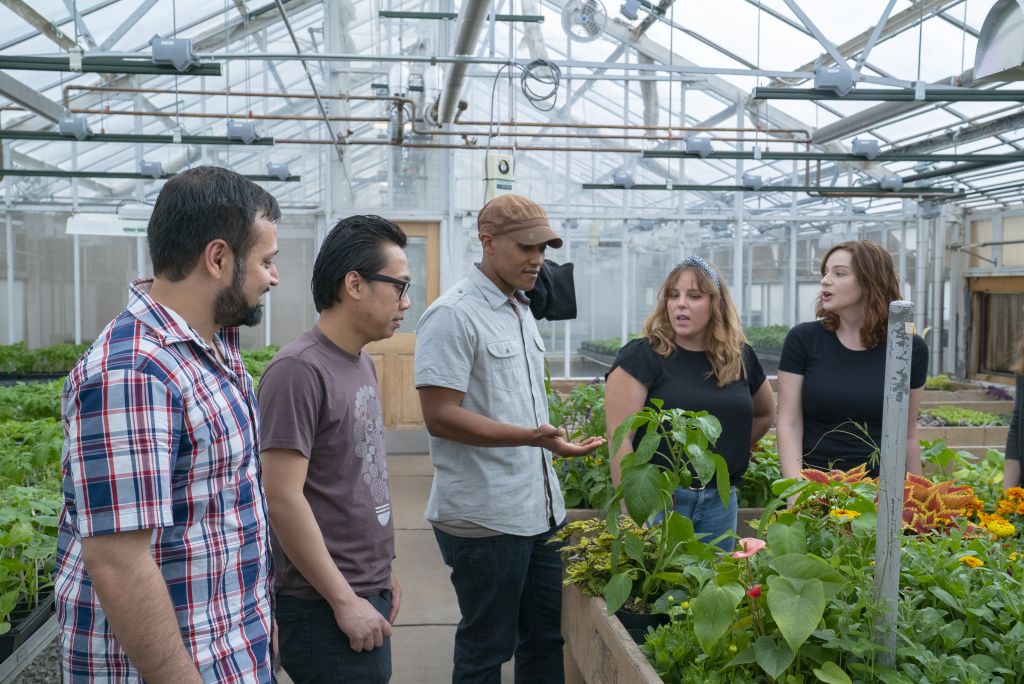
The Ali Lab is under no illusion about the complexity of their work, but it's quickly obvious that teasing out the relevant factors in these intricate relationships serves as a motivator. They're picking at tiny strands of an impossibly huge web, trying to understand the interplay between various interconnected parts. That requires patience, collaborators and backers who grasp the wider context in which their work takes place, and no small amount of blue-sky thinking.
"A lot of the answers we try to get at in the lab are just inherently risky in the number of factors you're balancing," noted Ali. "To try to get a deep-level understanding among animals, and plants, microbial communities, environmental factors, and then looking at each level—different molecules, genetic regulation, chemicals that allow these things to balance in an ecosystem—is challenging. It's hard.”
“Even in proposing it, you're asking committees or panels to be diverse enough to understand what you're getting at. You'll need someone that understands plants, understands chemistry, understands animals, that understands behavior, that grasps ecology, or the importance of this either at the applied sector in agriculture or for a conservation perspective. Trying to even just get a broad community of people to appreciate the multiple facts of multi-trophic research is kind of risky in itself.”
For the members of the Ali Lab, these are risks worth taking. Over the last two years, the Ali lab has secured over $2.5 million in grant funding from agencies like the NSF and USDA.
"At prior institutions,” said Pocius, “we were really focused on getting our research projects done, 'Don't waste a ton of time on extension.' I love that stuff. I love being out there. I want to get people excited about it. Don't just view scientists as people in white coats or Steve Irwin sitting on a crocodile—there are a lot of people in the middle that aren't really known.”
“Having the opportunity to get out there, interface with different groups, it's really important and we have the option to do that and get involved as much as we want to. I think that's really a strength."
